The Indian Religious Tradition
₹463.00
| Author | Paul Younger |
| Publisher | The Bharatiya Vidya Prakashan |
| Language | English |
| Edition | 2020 |
| ISBN | 978-93-88415-13-2 |
| Pages | 138 |
| Cover | Hard Cover |
| Size | 14 x 2 x 22 (l x w x h) |
| Weight | |
| Item Code | TBVP0406 |
| Other | Dispatched in 1-3 days |
10 in stock (can be backordered)
CompareDescription
The Indian Religious Tradition When I first came to India, some thirteen years ago, I was amazed at the strength of the stream of continuity which held ancient India and modern India together. Nothing I had read about either the ancient period or the modern period had adequately conveved to me this sense of continuity.
Looking first for the spirit underlying this continuity I spent a number of years studying the idea of duhkha or suffering, which it seemed to me had played a major role in helping ancient India formulate a unified world view. This study in turn led me to ask how ideas like duhkha were used later in the tradition, and, finally, how the tradition, developed in relative isolation, was able to survive the major encounters with Western religion which began with the coming of Islam in the Tenth Century.
To Discuss the whole of the Indian Religious Tradition in the course of one small book is indeed an ambitious task. It should be clear to the reader from the beginning that what is presented here is not a complete history of the tradition with all the details included. It is rather an anthropoligical analysis of the nature of “tradition” as it developed in India. What was the basis for this stream of continuity, and what was the course of its development?
I use the phrase “religious tradition” in a very special sense to mean “a conscious authoritative expression of religious experience.” The range of phenomena to which we commonly ascrible the adjective “religious” might usefully be distinguished into a number of concentric circles moving out from a center, which is the mysterious experience itself.
Nearest to the center are the actions (ritual) and words (myth) which are spontaneous expressions of the mysterious experience. A little further removed from the experience is the authoritative summary of ritual and myth which provides a basis for continuity and is here called “tradition.” Even further removed from the original experience are the cultural forms of art, philosophy and society. The concern of this book is to illustrate the character of the ring of “tradition” and to see how it developed in India.

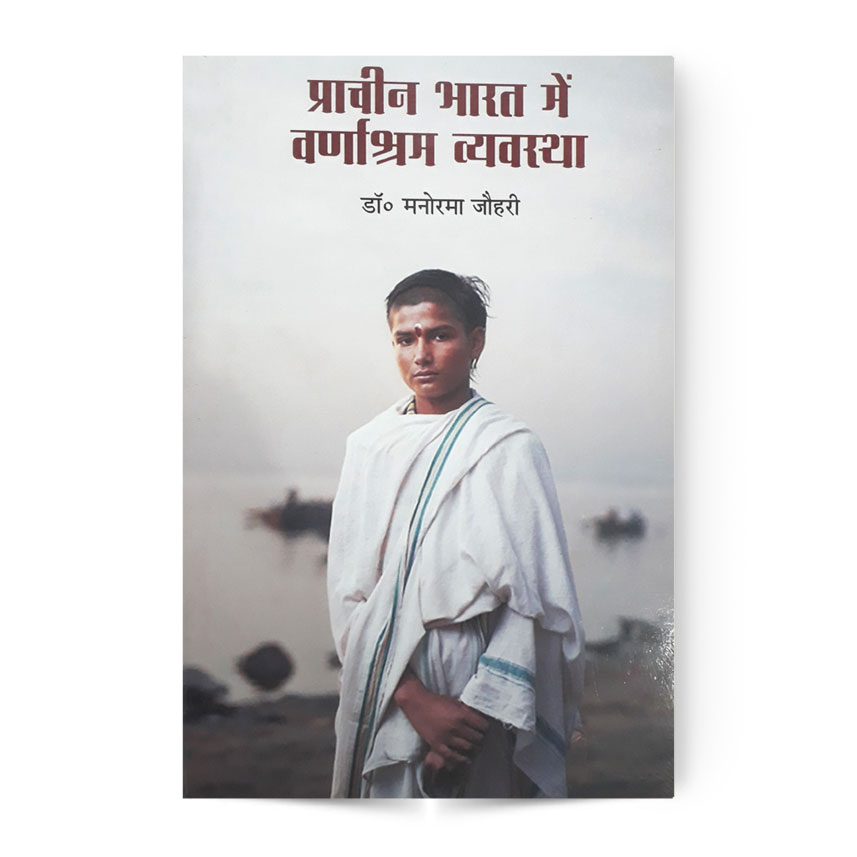
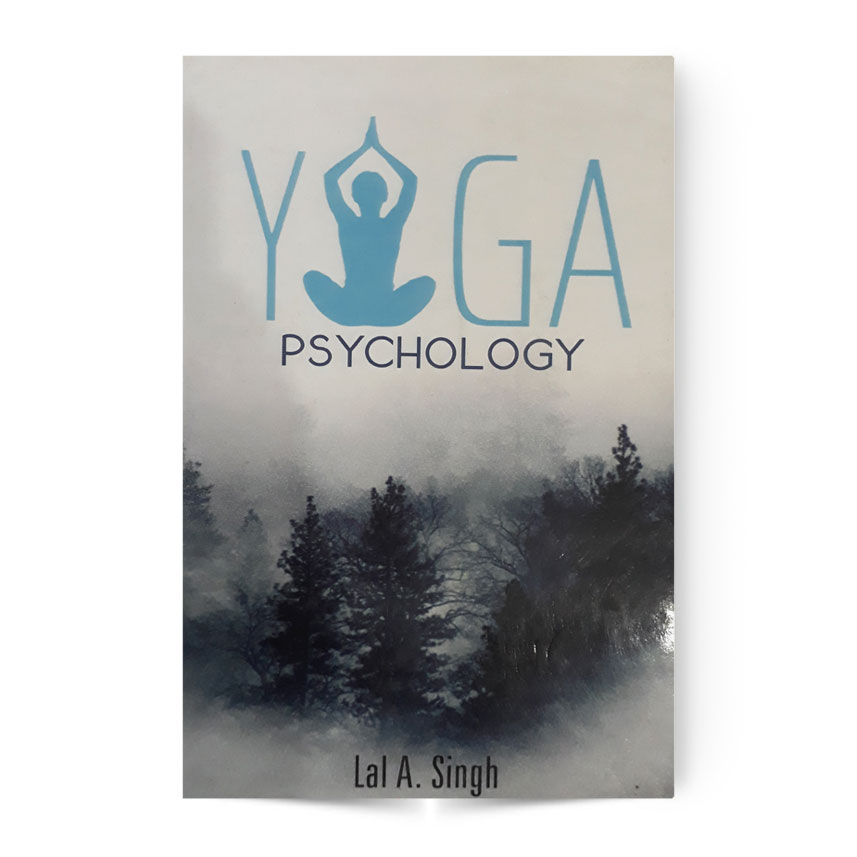
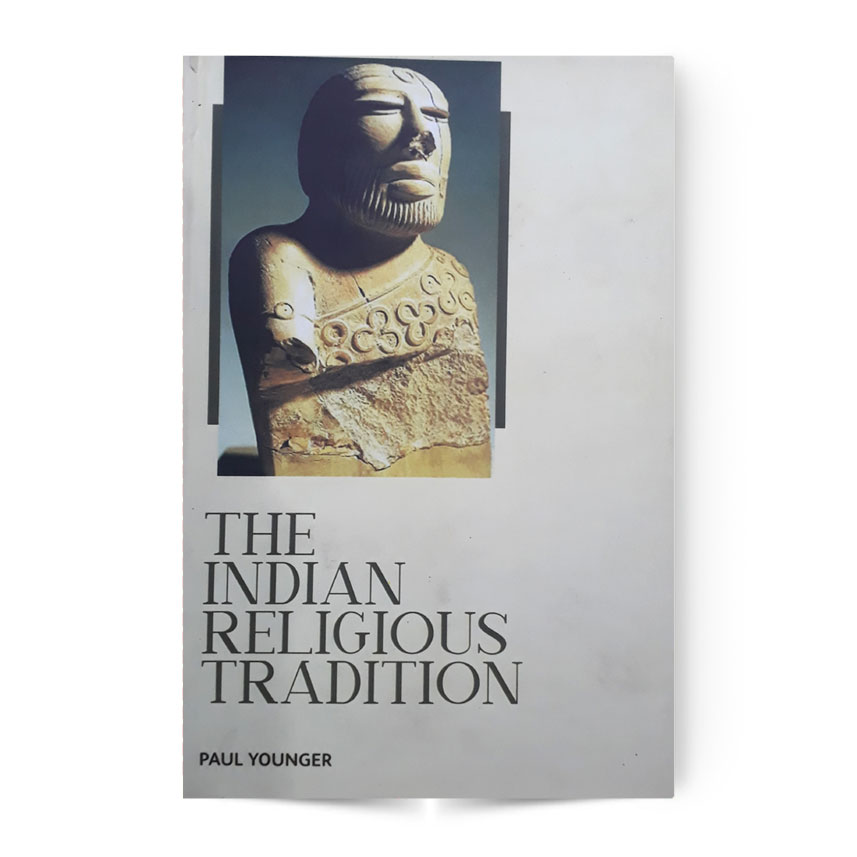
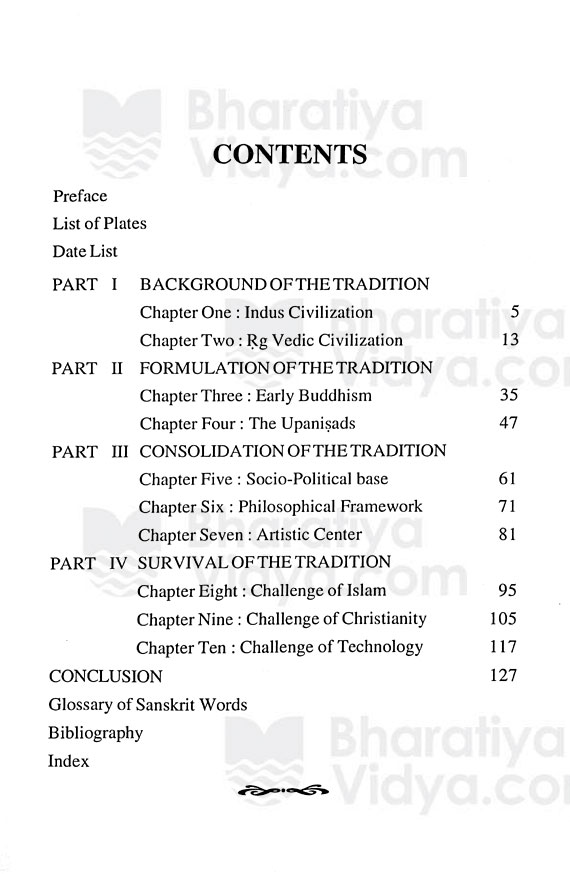
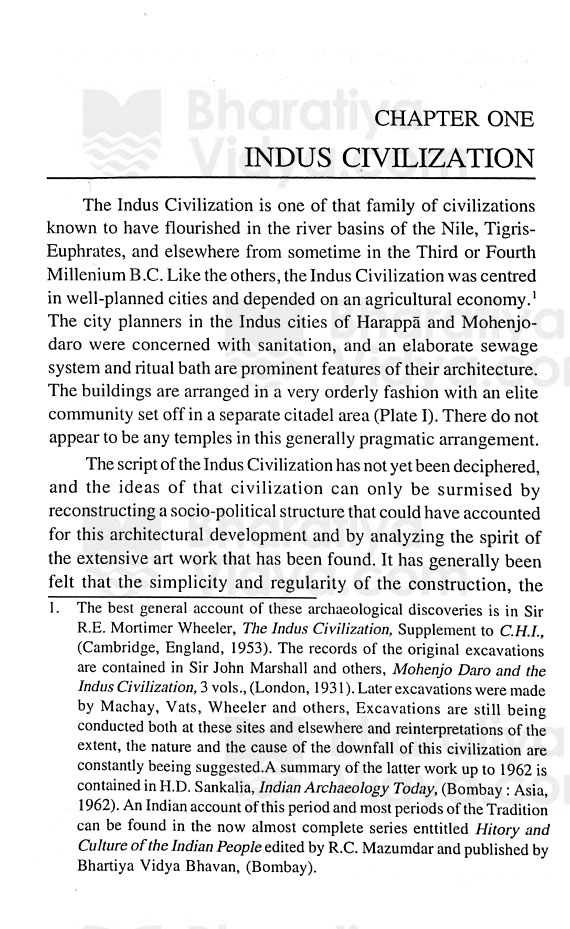



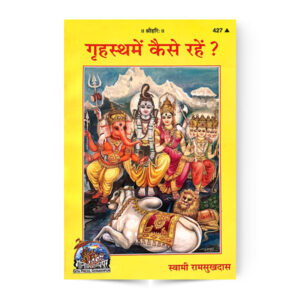


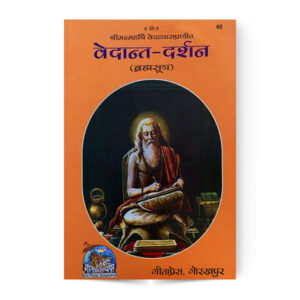
Reviews
There are no reviews yet.